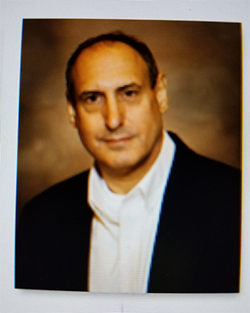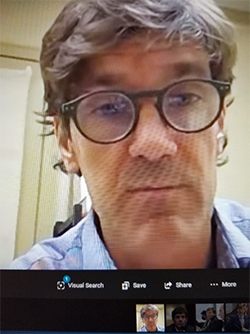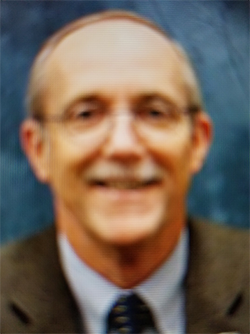
By Janice K. Neal-Vincent, PhD,
Contributing Writer,



Drs. Thomas Dobbs (State Health Officer) and Paul Byers (State Epidemiologist) joined forces with Jim Craig (Senior Deputy and Director of Health Protection) in a Zoom press conference exclusively for media personnel Monday, March 8.
Facilitator Liz Sharlot guided the conversation with precision.
Panelists articulated the historical context of COVID-19, the significance of vaccinating and the consequences of carelessness. Byers reported that long term facilities experienced 50% of deaths in March 2020 during the first wave. The second wave (which occurred after July 4 and moved through September) produced death deductions. Then in November 2020 there was a big surge. January captured 3500 cases and peaked with 57 deaths occurring in one day.
Dobbs added that the first dose of shots was given in Mississippi Dec. 14 and was a culmination of over a decade of research. A booster from that time was that “over 130,000 shots were administered in Mississippi last week. The average overall increase is 25%. Last week [the number] increased to 30%,” according to Dobbs. He proceeded to encourage mask wearing and social distancing, despite Mississippi not now having a mandate.
“Community testing began March 20 [last year] throughout Mississippi. March 24 was a great day for testing…A little over 1.7 million persons were tested in December. Since February 2021 more than 2 million Mississippians have been tested. Great teams [within the medical field] have made success. We started vaccinating January 4, 2021 [and have 19 sites],” stated Craig who then mentioned county-drive through vaccination sites: Calhoun – Coliseum; Bolivar – Delta State University; Warren – Vicksburg Mall; Sharkey/Issaquena County – Old Armory; Lawrence County – Ag-Center and Claiborne County – Alcorn University (to open March 22).
Dobbs and Craig encouraged telephone calls for appointment availability with eligibility. The following are now included: all persons age 50 years or older; all teachers/staff/employees in K-12, preschool or childcare settings; law enforcement, public safety, fire services and emergency management officials; healthcare personnel; persons ages 16-49 with underlying medical conditions: cancer, chronic kidney disease, COPD (chronic obstructive pulmonary disease); down syndrome, heart conditions (i.e., heart failure, coronary artery disease, or cardiomyopathies), immunocompromised from solid organ transplant, obesity (body mass index [BMI 40 kg/m2), pregnancy, sickle cell disease, smoking, diabetes or other medical conditions determined by the medical provider.
Dobbs mentioned that he had anticipated the virus: “Like a game, we prepare to play. It’s been an honor to serve at this time.”
Byers declared that there were a lot of dedicated workers within the health department at the outset of the pandemic. “In a lot of ways it has made us strong. [Many sacrifices have been made]. It’s been tough. The days are long. It’s affected us all,” he said.
“The public health people are actively involved. It’s rewarding to see workers administer the vaccine and to see people receive the vaccine. Workers have talked about the great opportunity to administer the vaccine,” Craig said accordingly.
Panelists ventured to the Center for Disease Control’s newly issued guidelines for persons who have been fully vaccinated: (1) may gather with other fully vaccinated individuals in small groups inside their homes without masks or physical distancing; (2) can visit vaccinated people from one other household who are at low risk for severe disease; (3) don’t need to quarantine or take a COVID-19 test if they have been exposed unless they are symptomatic, but should still monitor for symptoms for 14 days even if they are not in quarantine; (4) still wear a mask and social distance in public settings and avoid medium-sized to large gatherings and (5) delay travel and stay home to protect self and others from COVID-19.
At the end of the conversation panelists welcomed continuing telehealth which is a way to address issues like transportation. “We’ve seen it work,” noted Craig. Additionally, they concluded that there was a need for stability in funding. “Health care providers are still trying to make a difference during this pandemic. We’ve had amazing experiences. We have great workers. We have had so many tragic deaths. But there were a lot of heroes,” stated Dobbs.
Sharlot thanked media for coverage of Zoom conferences but warned that they could not photo shoot people getting vaccinated [due to the security policy].

Be the first to comment